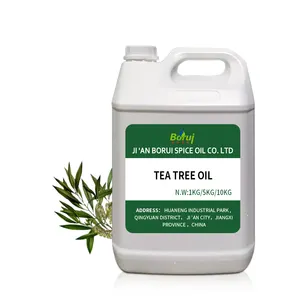Understanding Tea Leaf Content
Tea leaf content refers to the intricate components that constitute the leaves of the tea plant, primarily Camellia sinensis. The content of tea leaves significantly influences the flavor, aroma, and health benefits of the brewed tea. Knowing about tea leaf content is essential for tea enthusiasts, health-conscious consumers, and industry professionals alike. This description will delve into the types, functions and features, applications, and advantages associated with tea leaf content.
Types of Tea Leaf Content
Tea leaves come in various types, distinguished by their processing and chemical compositions. Here are some of the most common types:
- Green Tea Leaves: Rich in catechins, these leaves are minimally oxidized during processing, preserving their natural color and beneficial compounds.
- Black Tea Leaves: These leaves undergo full oxidation, resulting in a deeper flavor profile and the presence of theaflavins, contributing to their health benefits.
- Oolong Tea Leaves: Partially oxidized, these leaves present a unique taste that bridges the characteristics of both green and black teas.
- White Tea Leaves: Harvested at a young stage, these leaves are minimally processed and retain a delicate flavor, high in antioxidants.
Function and Feature of Tea Leaf Content
The content found within tea leaves provides numerous functions that benefit both taste and well-being. Here are key components and their features:
- Caffeine: Found in varying amounts across different types of tea, caffeine provides a mild stimulant effect, promoting alertness and concentration.
- Polyphenols: These antioxidants, mainly catechins in green tea and theaflavins in black tea, combat oxidative stress and may lower the risk of chronic diseases.
- Amino Acids: L-theanine, an amino acid prevalent in tea leaves, is known for its calming effects and ability to enhance cognitive functions.
- Flavonoids: Present in tea leaves, flavonoids contribute to heart health by improving blood flow and reducing inflammation.
Applications of Tea Leaf Content
The properties of tea leaf content hold significant applications across various sectors:
- Health and Wellness: Consuming teas rich in beneficial compounds promotes overall health, aiding in weight management and boosting metabolism.
- Culinary Uses: The complexity of flavors in different tea leaf contents serves as a foundation for various recipes and gourmet dishes, expanding culinary horizons.
- Cosmetic Products: Natural cosmetics often incorporate extracts from tea leaves, utilizing their antioxidant properties to promote skin health.
- Brewing Techniques: Understanding the leaf content helps tea connoisseurs select appropriate brewing times and temperatures to maximize flavor and health benefits.
Advantages of Tea Leaf Content
Experiencing the diversity of tea leaf content comes with numerous advantages:
- Rich in Antioxidants: The abundant antioxidants in tea leave contents help combat free radicals, promoting longevity and disease prevention.
- Versatility: With various types available, consumers can choose tea leaf contents that suit their taste preferences and health requirements.
- Mindful Consumption: Drinking tea allows individuals to engage in a reflective, mindful ritual that encourages relaxation and enjoyment.
- Sustainable Choice: Many tea producers adopt sustainable practices, ensuring that the tea leaf content aligns with eco-friendly principles, contributing positively to the environment.
















































